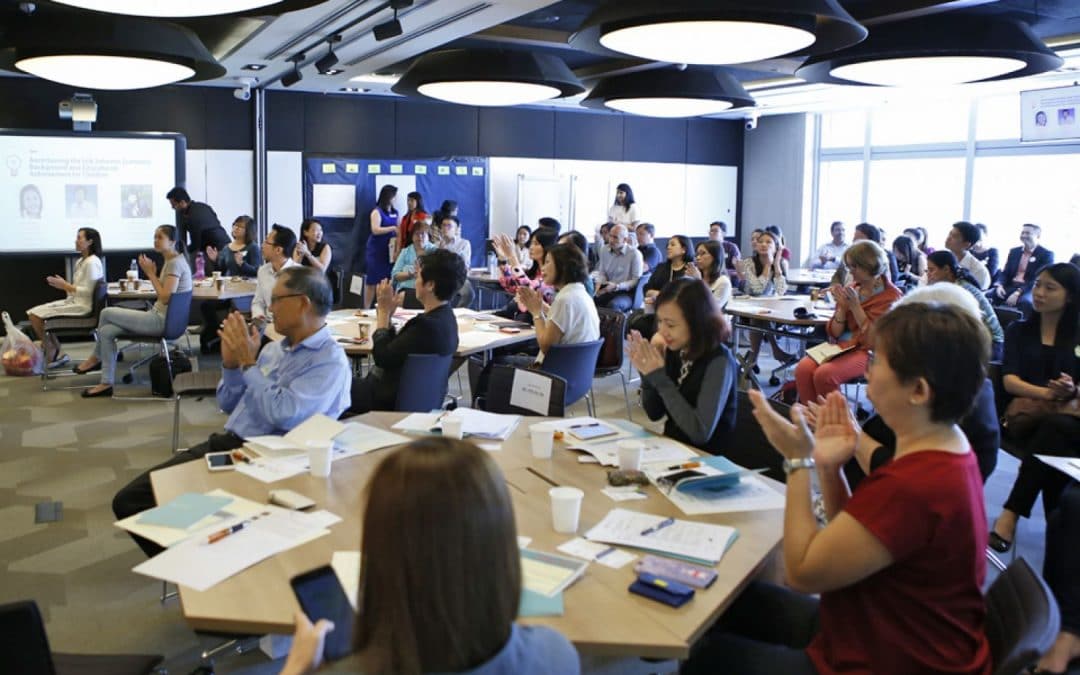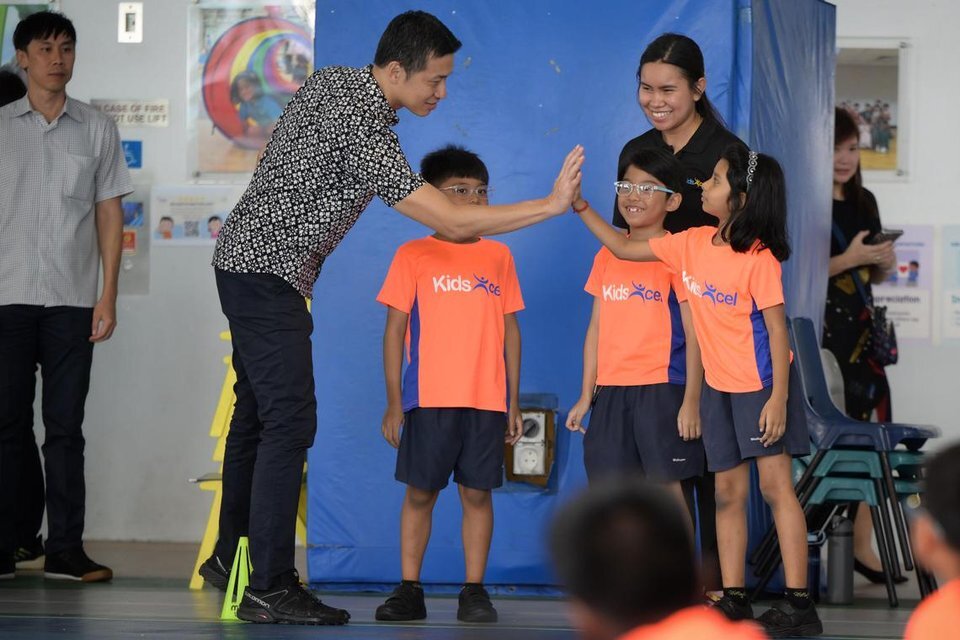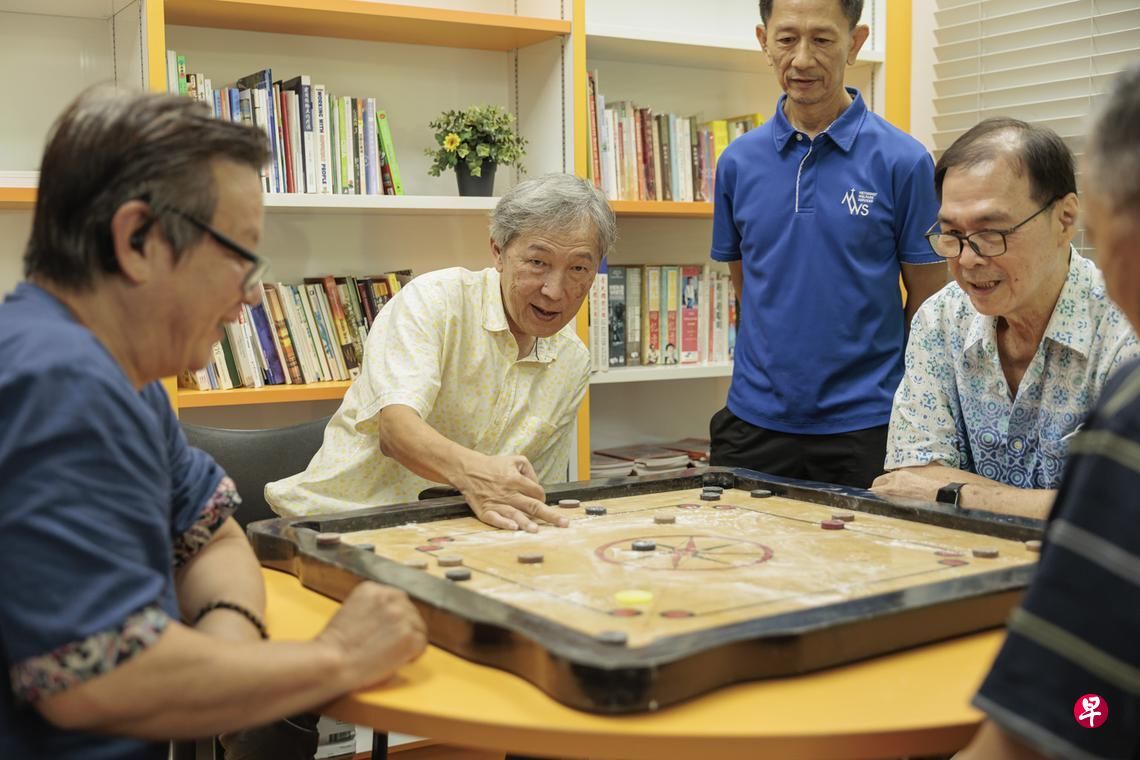The Business Times: Collective action to meet community needs sustainably


As companies today find themselves caught between the dilemma of limited resources and the compelling desire to create social impact, it is increasingly apparent that the key lies in collective solutions.
Challenges facing our society are ever-changing and usually stem from multiple root causes. Therefore, systemic solutions for such issues need collective knowledge, resources and will.
Credit Suisse, alongside NVPC and Community Foundation of Singapore (CFS), hence formed a working group to provide education for disadvantaged children and CoLABS was launched on Feb 8, 2017.
…..CoLABS is a collaborative platform that enables companies to not only deepen their understanding about education needs but also bring about scalable impact and a platform for risk diversification and creation of innovation solutions. Read more.
As companies today find themselves caught between the dilemma of limited resources and the compelling desire to create social impact, it is increasingly apparent that the key lies in collective solutions.
Challenges facing our society are ever-changing and usually stem from multiple root causes. Therefore, systemic solutions for such issues need collective knowledge, resources and will.
Credit Suisse, alongside NVPC and Community Foundation of Singapore (CFS), hence formed a working group to provide education for disadvantaged children and CoLABS was launched on Feb 8, 2017.
…..CoLABS is a collaborative platform that enables companies to not only deepen their understanding about education needs but also bring about scalable impact and a platform for risk diversification and creation of innovation solutions. Read more.
- Related Topics For You: ACCESSING QUALITY EDUCATION, CHILDREN, COLABS, COLLECTIVES, INCLUSIVITY & INTEGRATION, NEWS
.jpg)


